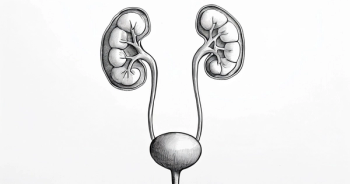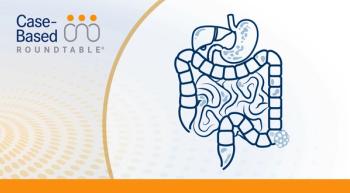
- June 2016
- Volume 2
- Issue 3
Dexamethasone Regimen Eases TACE Side Effects
Treatment with a dexamethasone regimen reduced the incidence of transcatheter arterial chemoembolization associated fever, nausea, vomiting, and anorexia in patients with hepatocellular carcinoma.
The overall incidence of fever within 120 hours of TACE was 28.8% in the dexamethasone arm compared with 72.9% for the control arm (P <.001). Nausea and vomiting occurred in 27.1% of those treated with dexamethasone versus 47.5% in the control arm (P = .033). Anorexia was experienced by 33.9% in the dexamethasone group versus 78% in the control arm (P <.001).
“The prophylactic dexamethasone regimen proved to help prevent TACE-induced fever, nausea, vomiting, and anorexia in patients with HCC,” the authors of the study wrote in their poster.
In the study, 120 patients receiving TACE were randomized to receive a dexamethasone regimen (n = 60) or a control regimen (n = 60). In the investigational arm, dexamethasone was given intravenously at 20 mg on day 1 before TACE along with granisetron at 3 mg. On day 2 and 3, intravenous dexamethasone was given at 8 mg. In the control arm, patients received a placebo plus granisetron at 3 mg on day 1. One patient in the dexamethasone arm did not go on to receive TACE.
Patient characteristics were well balanced between the two arms. The age of patients was <75 years for 56% of those in the dexamethasone arm and 60% in the control group. Approximately 44% of patients had received prior TACE and nearly two-thirds of patients had hepatitis C virus infection.
The primary endpoint of the study was complete response (CR), which was defined as no fever, nausea, vomiting, and anorexia, or the lack of need for rescue therapy within 120 hours after TACE. Additionally, the primary endpoint looked at CR rates in the acute phase (0-24 hours) and in the delayed phases (24-120 hours).
Across the full study, the CR rate was 47.5% with the dexamethasone regimen versus 10.2% in the control arm (P <.001). In the acute phase, 70% of patients had a CR with the dexamethasone regimen versus 30% in the control arm (P <.001). In the delayed phase, the CR rate was 54% versus 17%, for dexamethasone and placebo, respectively.
The dexamethasone regimen could be given safely, with no difference observed in HbA1c and glyco-albumin levels at 12 weeks. In the dexamethasone group the HbA1c levels were 0.32 versus 0.03 in the placebo arm (P = .430). Glyco-albumin was 0.11 in the dexamethasone arm and 0.37 in the control arm (P = .641).
“Our results indicated that the dexamethasone regimen had no significant impact on the deterioration of diabetes and/or impaired glucose after TACE compared with placebo regimen,” the authors indicated.
References:
- Ogasawara S, Chiba T, Ooka Y, et al. Dexamethasone for the prevention of transcatheter arterial chemoembolization-induced fever, nausea, vomiting, and anorexia in patients with hepatocellular carcinoma: A randomized, double-blind, placebo- controlled trial.J Clin Oncol. 2016;34 (suppl; abstr 4071).
Articles in this issue
over 9 years ago
Doxorubicin/Sorafenib Combo Fails in Frontline Phase III Studyover 9 years ago
Nivolumab ORR Fluctuates in Phase I/II HCC Studyover 9 years ago
Anti-Arginine Therapy Misses OS Endpoint in Phase III Study






































